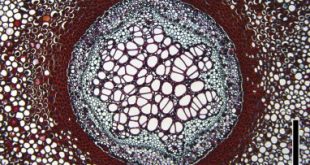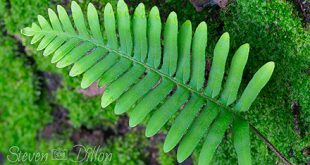Five years with nature aboard, the Beagle destroyed Darwin’s faith in the fixity of species. In July, 1837, shortly after the voyage, he started his first notebook on “transmutation.” Already convinced that evolution had occurred, Darwin sought a theory to explain its mechanism. After much preliminary speculation and a few …
Read More »Synthetic Theory of Evolution
The synthetic theory of evolution describes the evolution in terms of genetic variations in a population that leads to the formation of a new species. It explains the contribution of factors such as genetic variations, reproductive and geographical isolation, and natural selection. It is a modern concept that emerged from …
Read More »Pteridophytes: Types of Stele & Its Evolution
A stele is the central cylinder or core of vascular tissue in higher plants and Pteridophytes. It consists of the xylem, phloem, pericycle, medullary rays, and pith if present. The term stele has been derived from a Greek word meaning rod or column. Van Tieghem and Douliot (1886) introduced this …
Read More »Pteridophytes: Origin and Evolution
They are the earliest known vascular plants that originated in the Silurian period (400 million years ago) of the Palaeozoic Era and subsequently diversified and formed the dominant vegetation on earth during Devonian to Permian period. There are controversies regarding their origin and evolution. There are two broad theories about …
Read More » Plantlet The Blogging Platform of Department of Botany, University of Dhaka
Plantlet The Blogging Platform of Department of Botany, University of Dhaka



